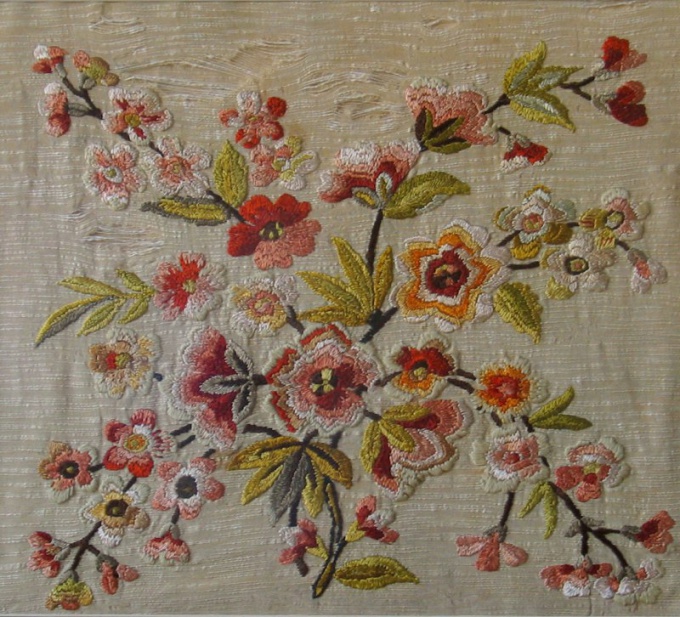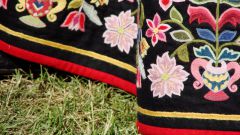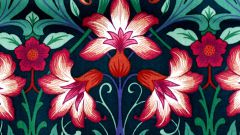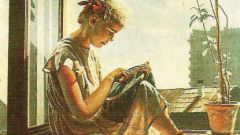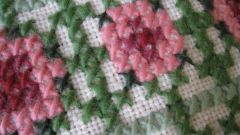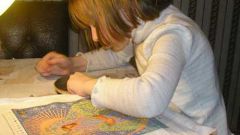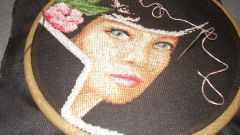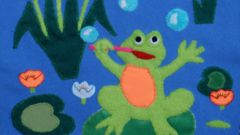You will need
- - picture:
- - tracing;
- - interlining;
- - needle;
- - chalk or pencil a simple pencil;
- - a piece of sandpaper;
- - pencil;
- - transferable pencil;
- - copy paper;
- - a large piece of glass;
- - iron
- lamp.
Instruction
1
One of the most common ways to transfer pattern to fabric using carbon paper. Now it is often sold in stores of goods for needlework, but sometimes you can find where they sell office supplies. Lay on a horizontal surface a piece of cloth that will embroider, face up. Put the carbon paper ink side of the fabric. Put the picture. Trace all pattern lines with a lead pencil or ballpoint pen.
2
In the old days, mistresses often applied drawing method, which is called "pounce". Put the pattern on tracing paper. All the contours make a thick needle punctures at a distance of 0.5 cm from each other. Put the tracing paper on the fabric (can be in several places chop off their pins, especially if the fabric is slippery). Trace the outline of the picture with chalk. It is possible to RUB a piece of chalk on sandpaper and to fill the resulting powder pattern. Through the hole will get chalk on the fabric. This method is good for embroidery on a thick fleecy material.
3
The pattern can be sewn. Put it on tracing paper. Tracing paper pinned it to the fabric. Sew the contours of the seam "forward needle" small stitches. Paper remove.
4
As support material you can use interlining (not glutinous). The figure put a sheet of nonwoven fabric. Place the interlining on the fabric and insert it into the Hoop. Sew the contours of the seam "forward needle". The interlining is removed as easily as tracing paper, but it is possible in some areas and leave. Part of the picture with such a gasket will be convex.
5
For thin fabrics suitable translation of the pattern up to the light. For this you need a glass table. If not, you can put a piece of glass for 2 stools. On the glass put a figure on it – fabric. Put down the lamp. When the lamp is on, the picture will be perfectly visible, especially if it is made on thick paper with ink.
6
You can use the special transfer pencil. You can purchase in store of goods for needlework. Put the drawing on tracing paper so the pencil. Put the tracing dye layer on the fabric and iron a hot iron. When transferring the pattern in a similar way it is necessary to consider two circumstances. First, the image is mirrored. Second, for each tissue there is a certain temperature limit. Best of all this method to apply when working with a relatively heat-resistant materials, like cotton and linen.
